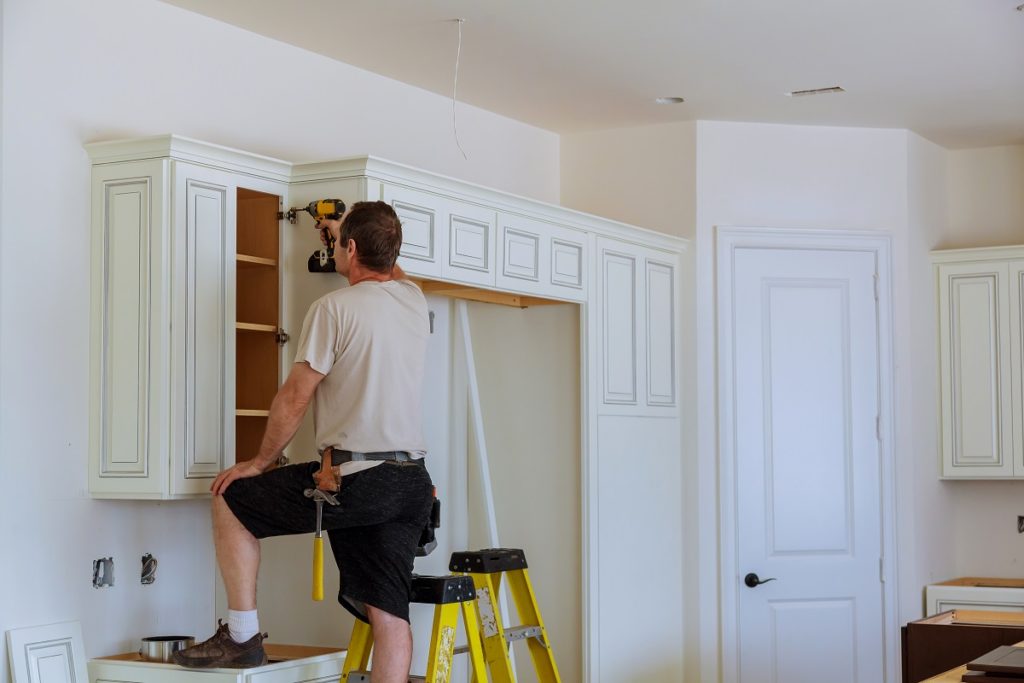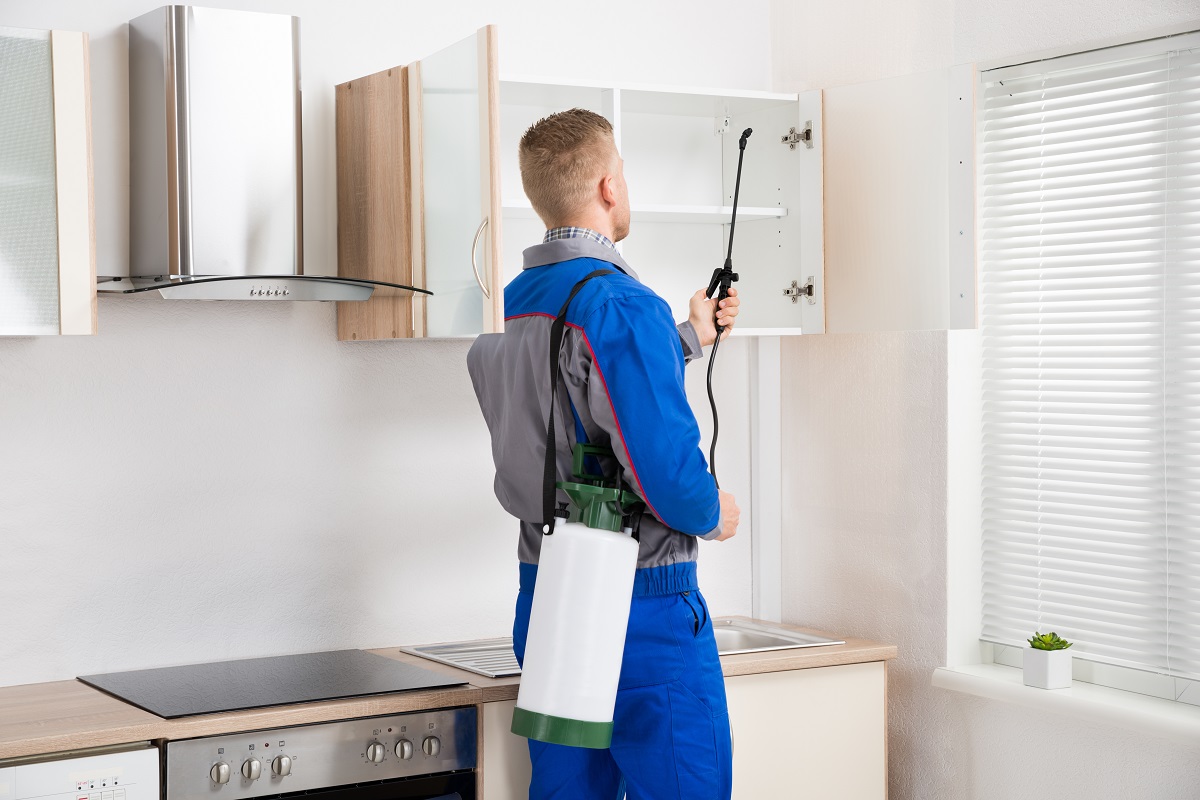Disclaimer: This website provides health information for educational purposes only and is not a substitute for professional medical advice, diagnosis, or treatment. Always seek the guidance of a qualified healthcare provider with any questions you may have.
Apart from providing ample storage, cabinets help complete the overall look of your kitchen. They’re one of the more expensive parts of your home, too. On average, kitchen cabinet installations cost around $4,788.
Unfortunately, they also take a lot of punishment in the form of stains, bumps, and the usual wear and tear over time. They’re not as resilient as your granite countertops. If you want to avoid costly repairs or replacements for your kitchen cabinets, you need to keep them well maintained.
Use the Right Tools
Your cabinets may be made of solid materials like hardwood, but heavy-duty cleaning materials like metal brushes and strong chemicals can damage them easily. Here are some gentle and useful products you can use for routine maintenance.
- Cotton cloth
- Distilled water
- Dish soap
- Sponge
- Baking soda
- Gel stripper
- Scraper
- Turpentine
- Wood finish
Preventive Maintenance
The best way to deal with problems in your kitchen cabinets is to prevent these problems. Follow these maintenance tips to keep your cupboards in tip-top shape.
- Clean Up Spills Immediately – Water or moisture, if not properly dried, can weaken the wood and cause it to rot. It may even turn your cabinets into breeding grounds for disease-causing mold. This is especially risky for cupboards with unfinished wood. Make sure to dry your utensils and dishes thoroughly before storing them, and wipe spills right away with a clean and soft cloth.
- Get Proper Ventilation – Too much heat may warp your cabinet’s wood. It may also cause the material to fade. Make sure to crack open a window every time you cook. If possible, have an exhaust fan installed to keep your kitchen cool.
Stain Management
Stains are often difficult to avoid in the kitchen, with all the cooking you have to do all day. However, even the smallest blemish may ruin the look of your cabinets. Act on fresh stains immediately with a damp cotton cloth. Dry it off with a paper towel as soon as you’re done.
For stubborn stains, mix a few drops of dish soap in water, dip a dry cloth in, and use the fabric to massage the blemish gently off the cabinet. Rinse it with distilled water, and let it dry. If this still doesn’t work, use a mix of water and baking soda to clean the surface.
Reseal Old Cabinets

Vintage cupboards may fade over time, especially if they’re constantly exposed to sunlight. While some may look good when faded, others just look dead and pasty. Breathe new life into your cabinets by resealing them. Here’s how you can do it.
- First, take a picture of all your cabinets so you know which door goes where. This is because you have to remove all of them.
- Once you’ve removed all the components, lay them on a flat surface and apply gel stripper with a paintbrush. The chemical should set at around 15 minutes.
- Now that the gel is set, use a scraper to remove the existing varnish. Then, wipe off the gel using turpentine.
- Once the wood is dry, paint it using the wood finish of your choice. Let it dry for at least half a day before adding a second coat.
- Seal the wood with at least two coats of polyurethane varnish. Let it set for a day.
- Reinstall your cabinets and marvel at how they look as good as new.
Your cupboards are one of the first few things people will notice when they enter your dining room or kitchen. These are also important in keeping your utensils and kitchen equipment clean. Take care of your cabinets using these maintenance methods and your cabinets will last a lifetime.




